In recent years, with the increasing global attention to clean energy and sustainable development, the status of rare earth elements as key strategic resources has become increasingly prominent. Among the many rare earth elements, **erbium oxide (Er₂O₃)** is gradually coming to the fore from behind the scenes with its unique optical, magnetic and catalytic properties, becoming a rising "green" new star in the field of materials science.
Erbium oxide: a "all-rounder" in the rare earth family
Erbium oxide is a pink powder with excellent physical and chemical properties common to rare earth elements, such as high melting point, good thermal stability and chemical stability. However, what really makes erbium oxide stand out is its unique application in the following fields:
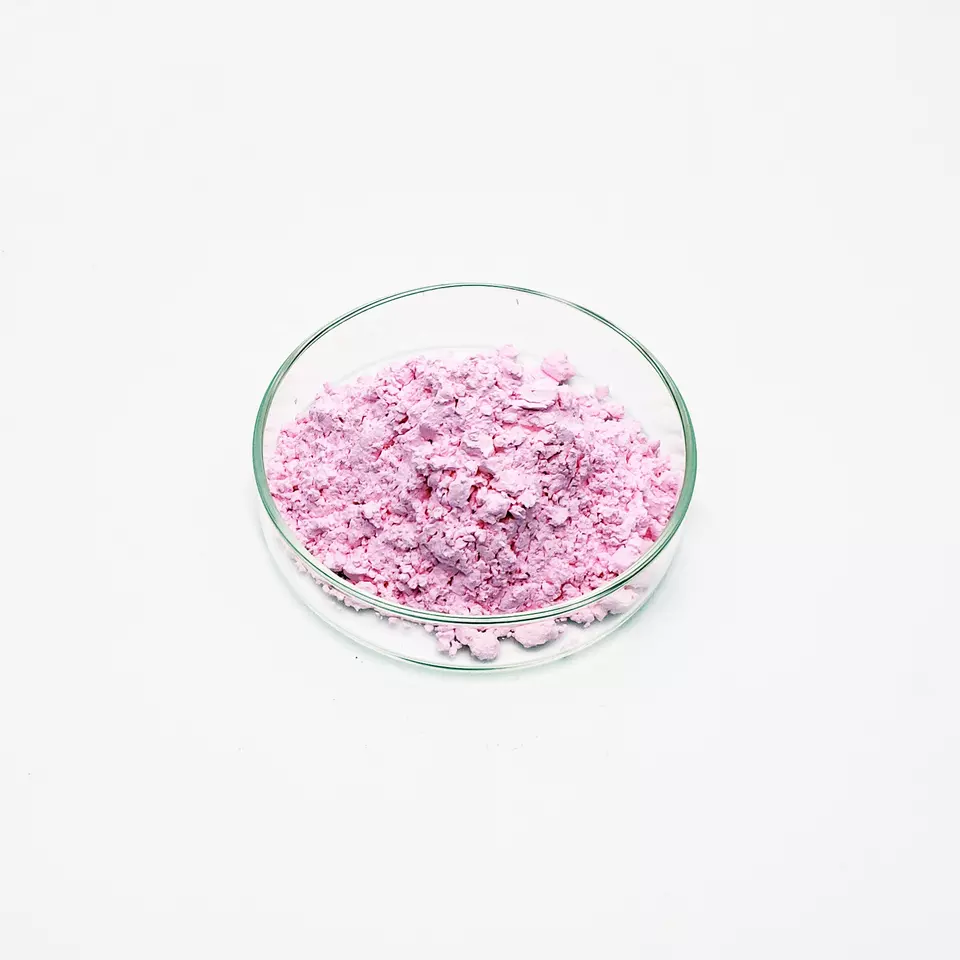
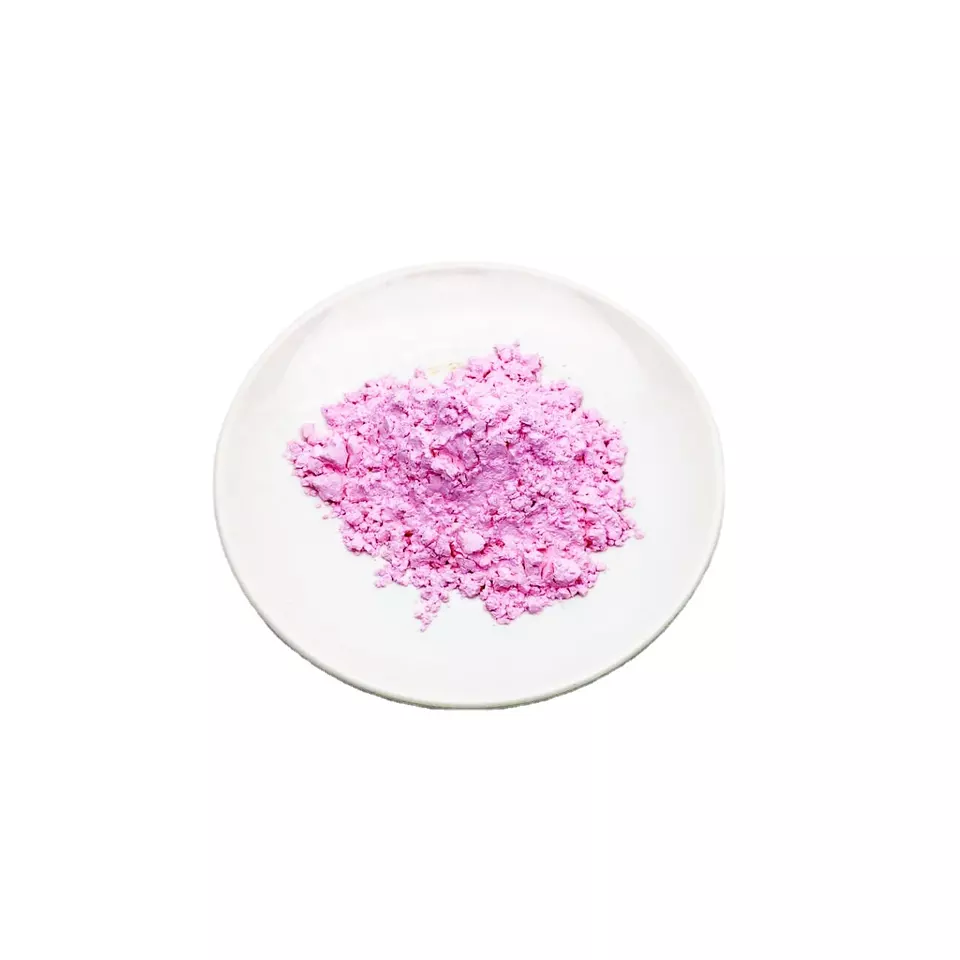
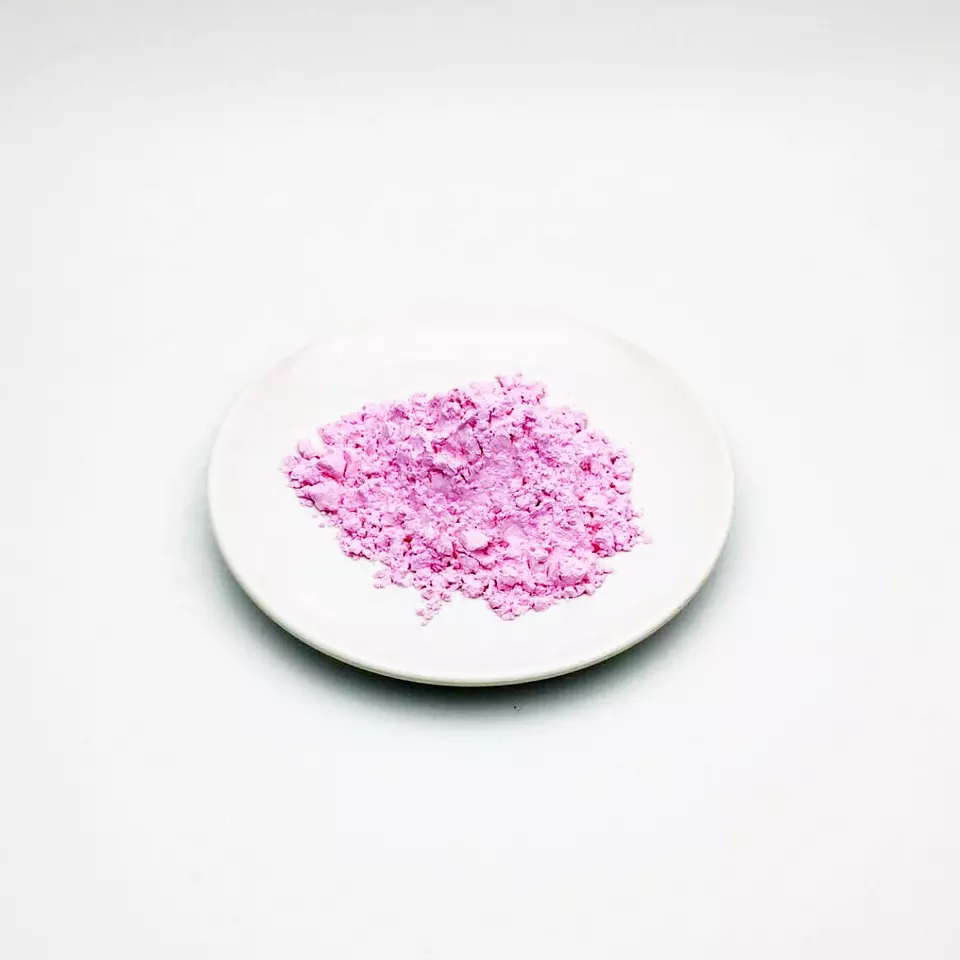
Fiber optic communication: Erbium oxide is the core material for manufacturing **erbium-doped fiber amplifiers (EDFA)**. EDFA can directly amplify optical signals, greatly improving the transmission distance and capacity of fiber optic communications, and is the cornerstone of building modern high-speed information networks.
Laser technology: Erbium-doped lasers can emit lasers of specific wavelengths and are widely used in medical, industrial and scientific research fields, such as laser surgery, laser cutting and lidar.
Catalyst: Erbium oxide can be used as a catalyst or catalyst carrier in petrochemical, environmental protection and other fields, such as automobile exhaust purification, industrial waste gas treatment, etc.
Nuclear industry: Erbium oxide has excellent neutron absorption ability and can be used as a control rod material for nuclear reactors to adjust the nuclear reaction rate and ensure the safe operation of nuclear power plants.
Strong market demand and huge potential for future development
With the rapid development of emerging technologies such as 5G communications, artificial intelligence, and the Internet of Things, the demand for rare earth materials such as erbium oxide continues to grow. According to market research institutions, the global erbium oxide market size will maintain steady growth in the next few years and is expected to exceed US$XX billion by 2028.
China is the world's largest producer and exporter of rare earths and dominates the supply of erbium oxide. However, in recent years, with the improvement of environmental protection requirements and the enhancement of resource protection awareness, the Chinese government has strictly rectified and regulated the rare earth industry, resulting in large price fluctuations of rare earth products such as erbium oxide.
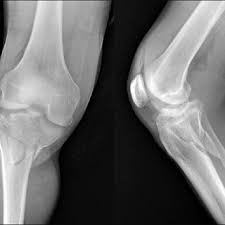
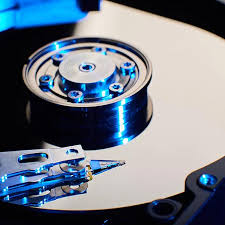
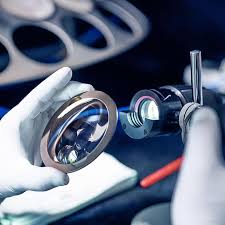
Challenges and opportunities coexist, and technological innovation is the key
Although the erbium oxide market has broad prospects, it also faces some challenges:
Resource scarcity: The content of rare earth elements in the earth's crust is low and unevenly distributed, and there is a certain risk in the supply of erbium oxide.
Environmental pollution: The mining and smelting process of rare earths will cause certain environmental pollution, and it is necessary to strengthen the research and development and application of environmental protection technologies.
Technical barriers: The preparation technology of high-end erbium oxide products is still monopolized by a few countries, and it is necessary to increase research and development investment and break through technical barriers.
In order to meet these challenges and promote the sustainable development of the erbium oxide industry, the joint efforts of the government, enterprises and scientific research institutions are needed:
Strengthen resource exploration and comprehensive utilization, and improve resource utilization efficiency.
Increase the research and development of environmental protection technologies to achieve green production.
Strengthen industry-university-research cooperation, break through key technical bottlenecks, and develop high value-added products.
Conclusion
As an important rare earth material, erbium oxide plays an irreplaceable role in promoting scientific and technological progress and industrial upgrading. With the growing global demand for clean energy and sustainable development, the market demand for erbium oxide will continue to expand. In the future, the erbium oxide industry will usher in new development opportunities, but it also faces challenges in resources, environment and technology. Only by adhering to innovation-driven and green development can the sustainable development of the erbium oxide industry be achieved and greater contributions can be made to the progress of human society.
To get free samples of erbium oxide or for more information welcome to contact us
Sales@shxlchem.com; Delia@shxlchem.com
Whatsapp& tel :008613524231522; 0086 13661632459
Post time: Feb-17-2025